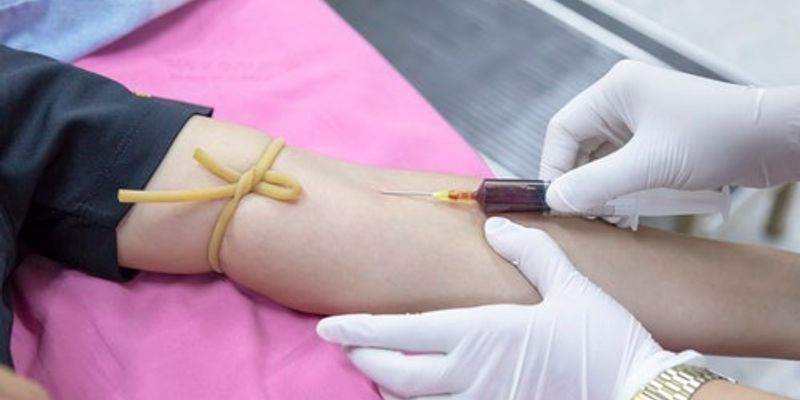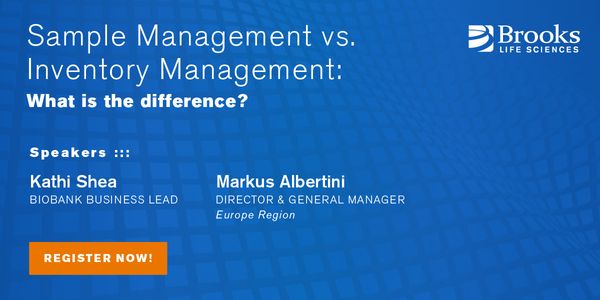Blood Collection
Blood Collection: is usually drawn and collected in order to perform a variety of laboratory tests. Specimens are often sent to help diagnose and treat conditions.
-
While circulating cell-free DNA (ccfDNA) and to some extend CTCs from blood are routinely used as analyte in liquid biopsy cancer research applications, circulating cell-free RNA (ccfRNA) ha...Speaker: Thorsten Voss, PhD
Single-cell mass cytometry identifies mechanisms of resistance to immunotherapy in AML 6:30–7:00 am PDT Presented By: Shelley Herbrich, PhD Understanding CD19 negative relapse followin...
Speaker:
Shelley Herbrich, PhD
, Kara L. Davis, DO
, Bernd Bodenmiller, PhD
Presented at: 9th Annual Fluidigm Mass Cytometry Virtual Summit
SEP 16, 2020 | 6:00 AM
Date: September 16, 2020 Time: 7:00am (PDT), 10:00am (EDT) During the early stages of the COVID-19 outbreak in the UK, there was a great deal of uncertainty. Pathology and diagnostic service...
JUL 29, 2020 | 9:00 AM
July 29, 2020 TIME: 9:00am PDT, 12:009m EDT, 6:00pm CEST Hepatitis C infection, once a formidable enemy, is now a curable disease. Dramatic advances in antiviral therapies have launched a ne...
Speaker:
Elisa Martró - BSc, PhD
, Emmanuel Fajardo - MSc
, Dr. Tim Meehan - PhD
Sponsored By: Abbott Global Scientific Affair
In 2019, over 220,000 Canadians will be diagnosed with cancer and 82,000 will die of the disease. Approximately 90% of cancer related deaths are the result of metastatic disease. This is ind...
Nonterminal blood collection from mice is frequently performed in biomedical research. Multiple phlebotomy sites and restraint techniques are available to investigators. Methods that minimiz...
The forensic investigation of crime involves answering four basic questions: who, what, where, and when. Tools exist to answer questions of who, what and where, but the question when is ofte...
Crime scene investigation is more than just processing or documentation of crime scenes, nor is it just the collection or packaging of physical evidence. It is the first step and the most cr...
Hydroxychloroquine and chloroquine are long-standing antimalarial drugs recently brought into the spotlight as potential treatments for the pandemic-causing coronavirus (SARS-CoV-2). Notable...
Background and aim: Denmark is a world-wide leading country for the export of swine abroad: Annually 12 mio pigs (nucleus pigs, breeding sows, slaughter pigs and carcasses) are being exporte...
























